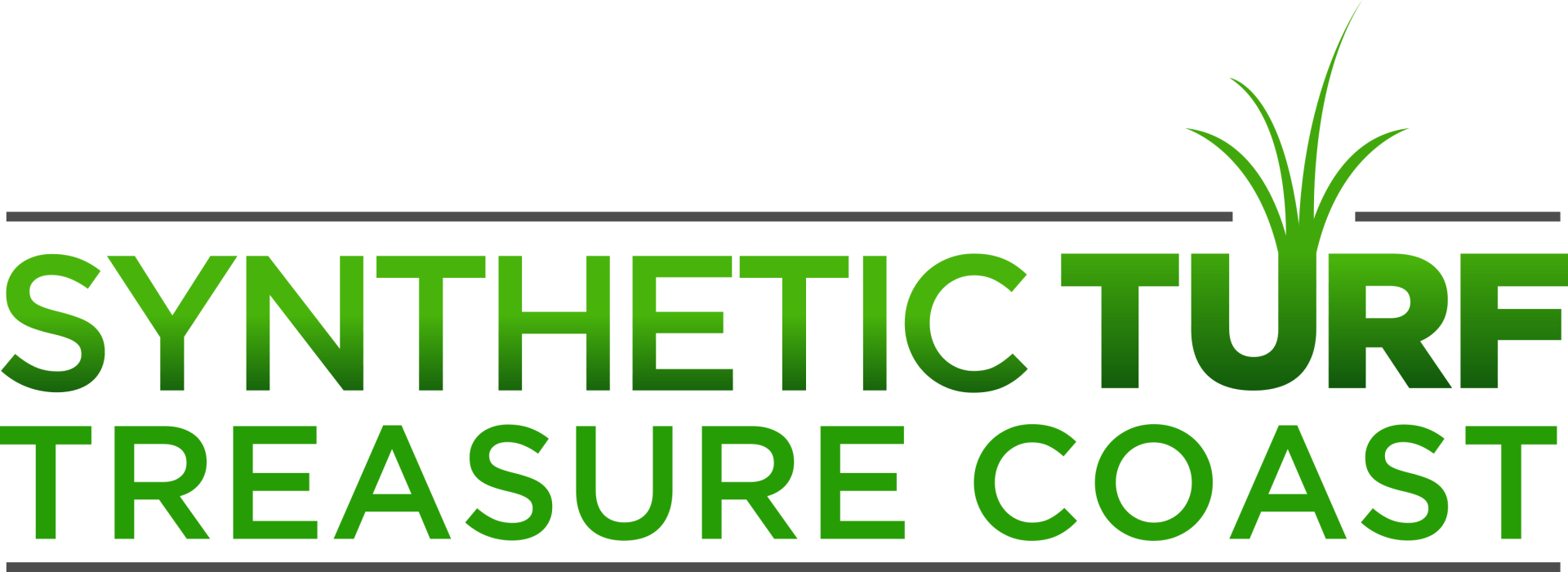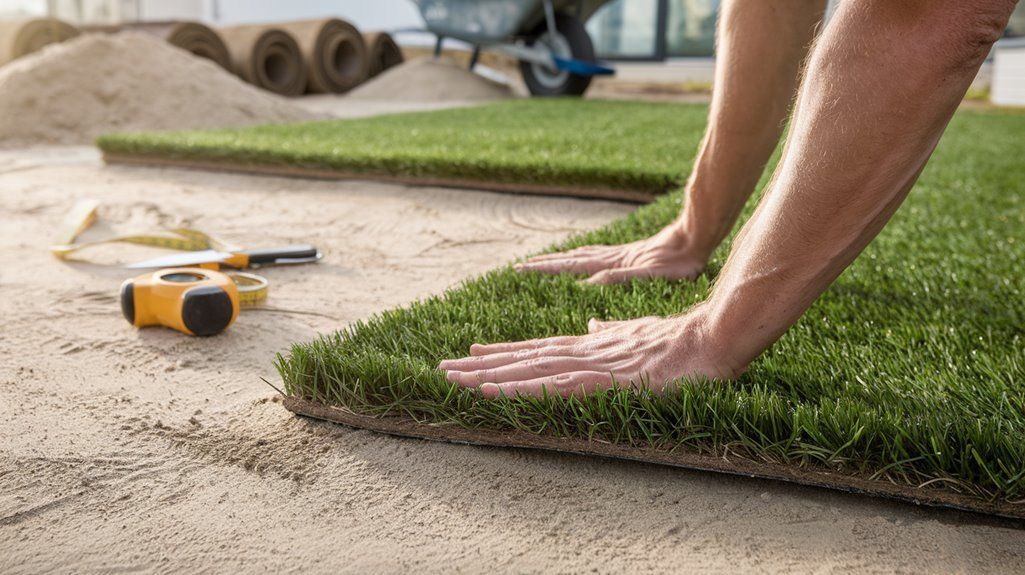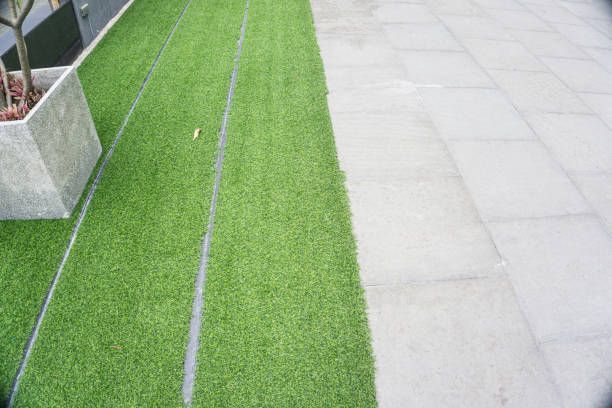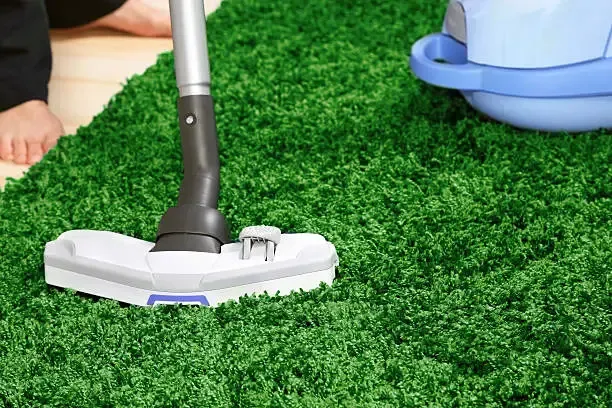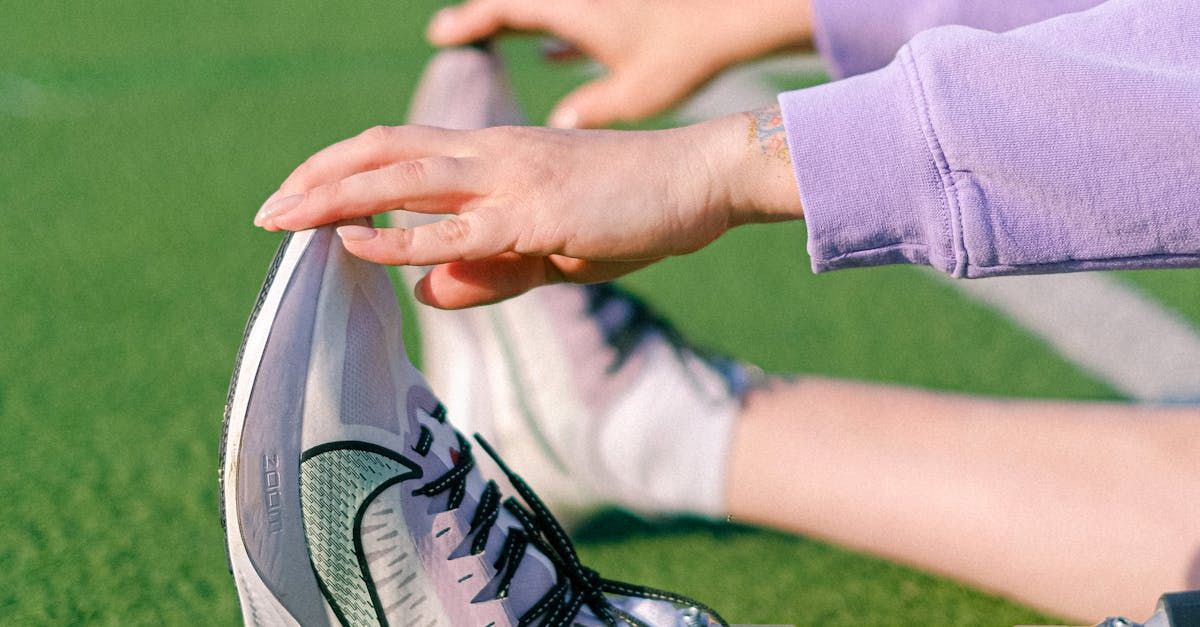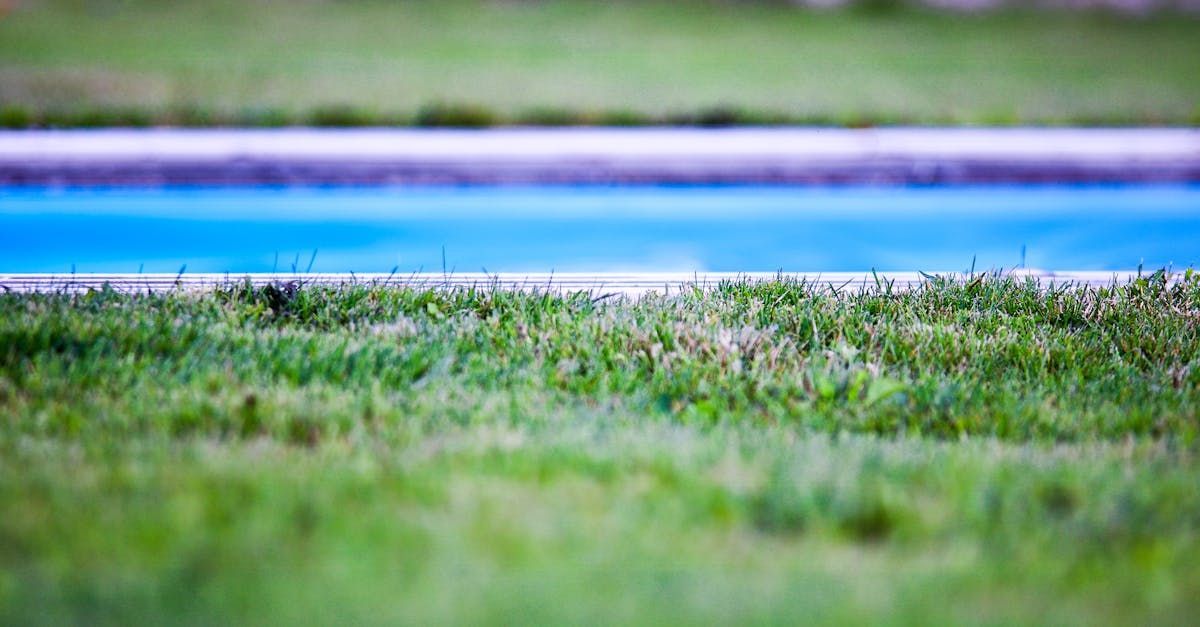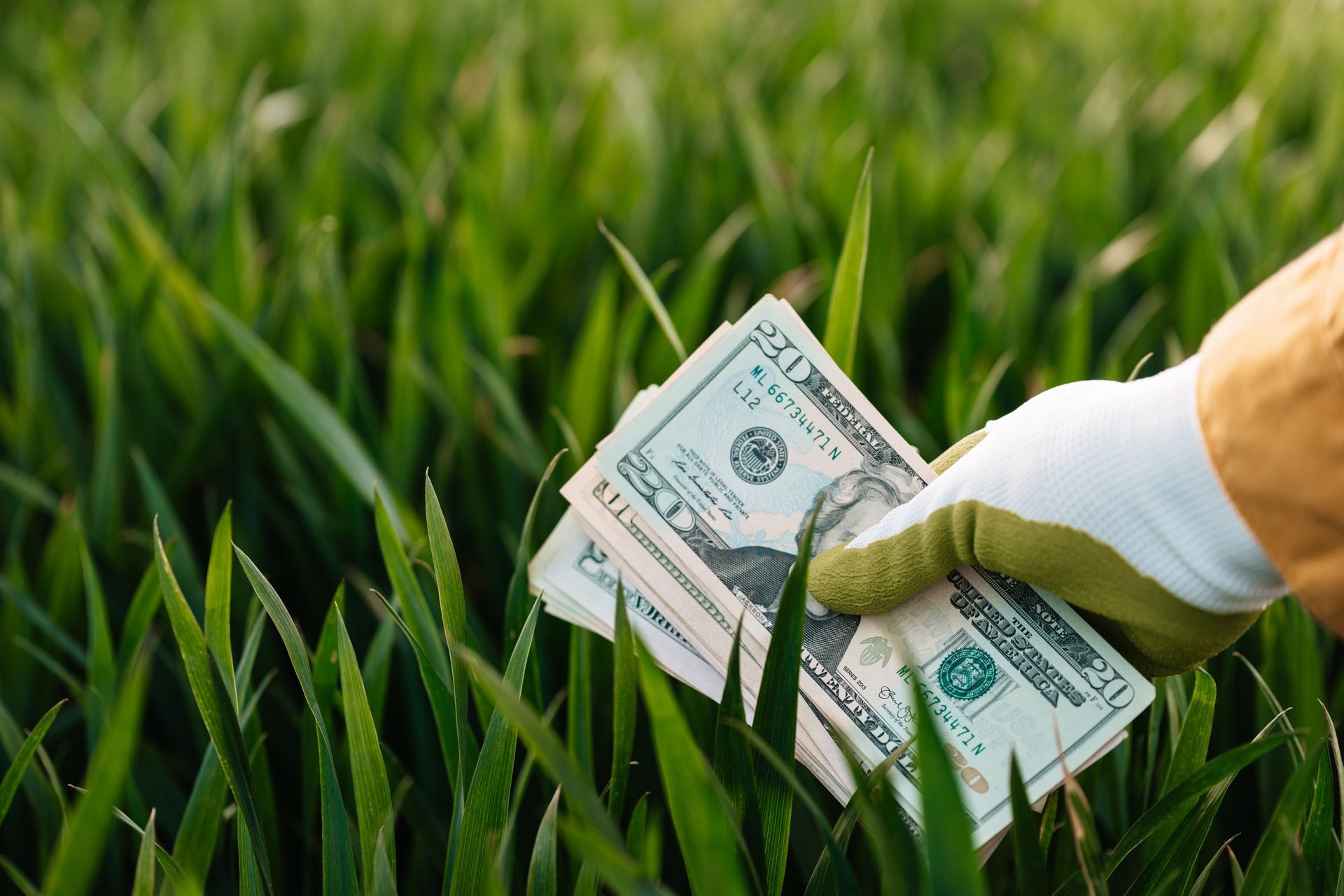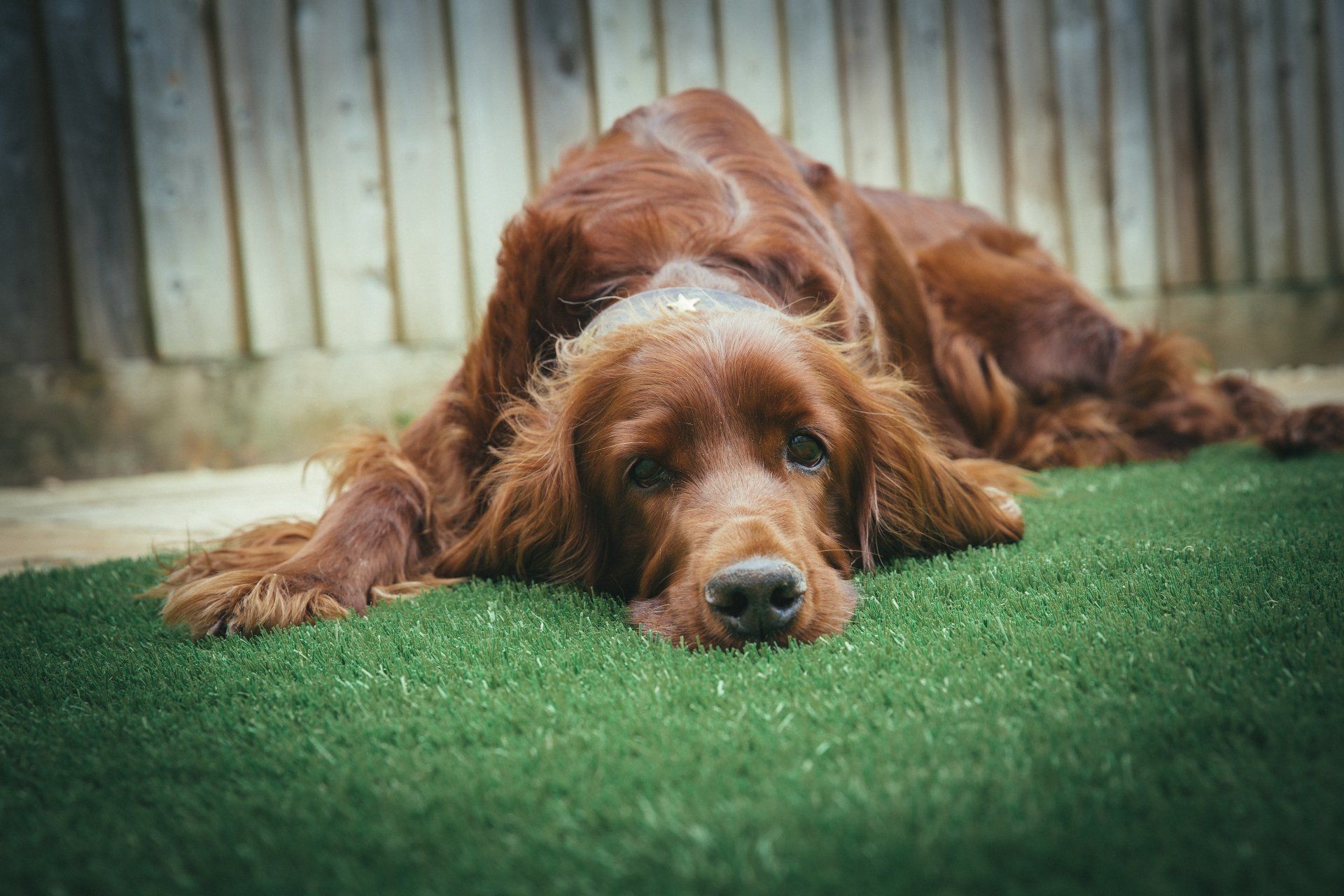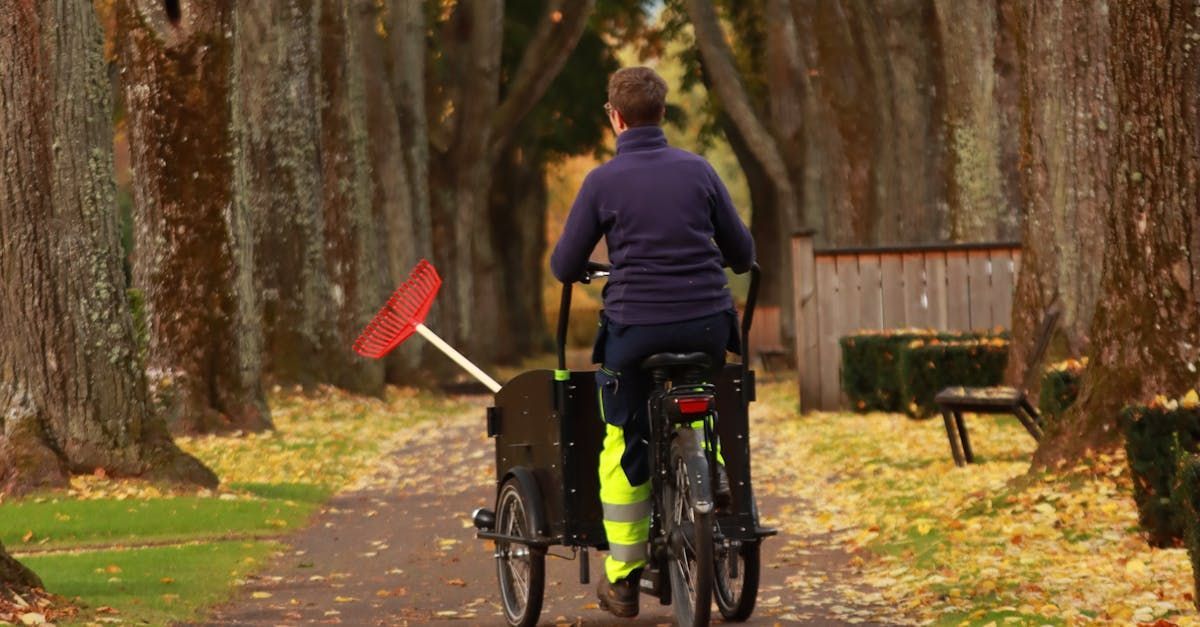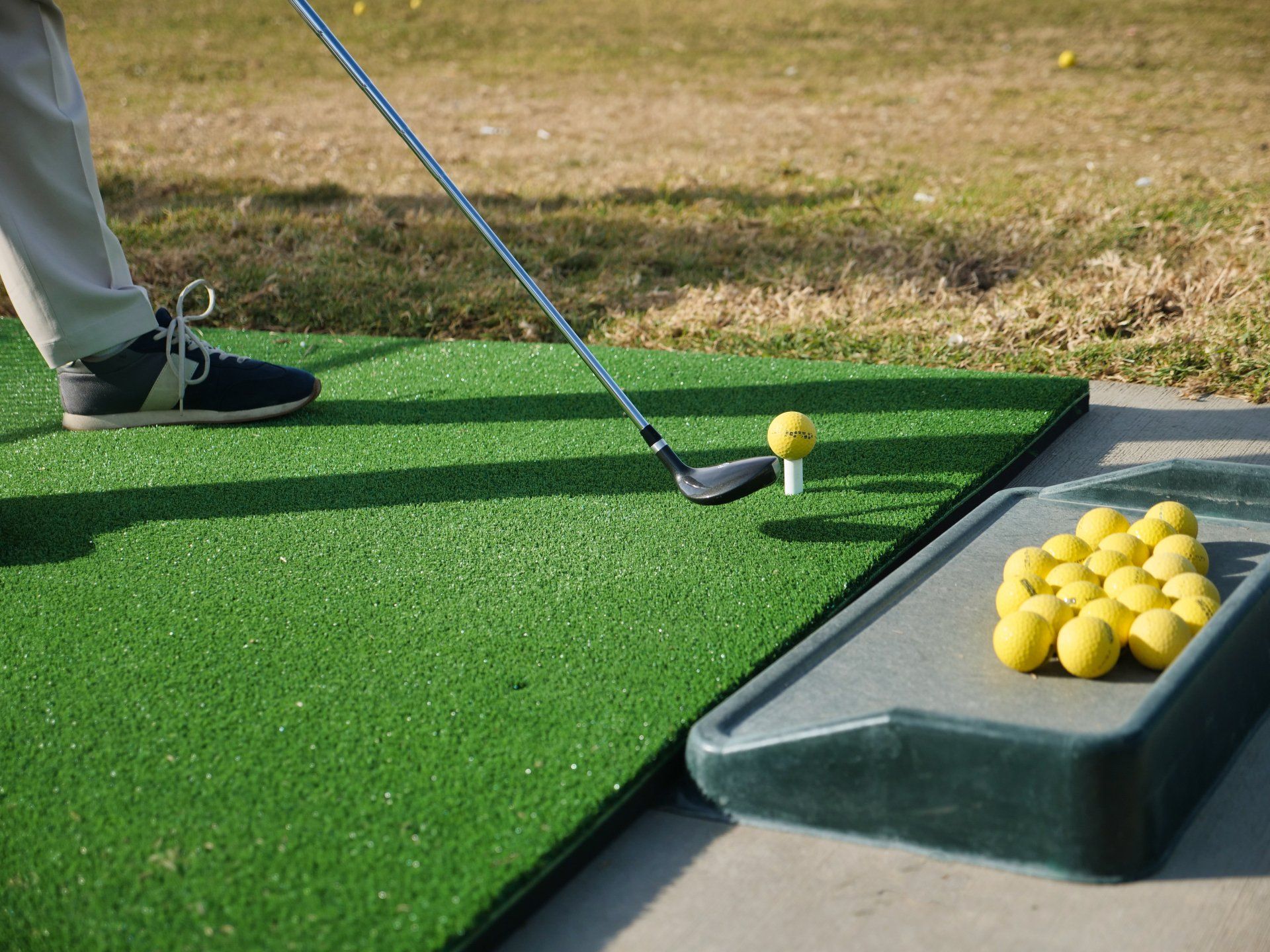The Ultimate Buyer's Guide to the Best Artificial Grass
Imagine having a lush, green lawn that remains vibrant all year without the hassle of watering, mowing, or fertilizing. For many homeowners, this is not just a dream but a practical solution to a pervasive problem: maintaining a beautiful lawn amidst varying climates and water restrictions. The quest for the ideal lawn has led to a growing interest in artificial grass, offering an alternative that promises durability, aesthetics, and minimal upkeep. However, navigating the world of artificial grass can be daunting, with many options, varying quality, and cost considerations to decipher.
The traditional American lawn, once a symbol of prosperity and suburban bliss, now presents significant challenges in an era of environmental consciousness and resource conservation. Water scarcity, especially in arid regions or during drought, has put immense pressure on homeowners to reduce water usage. Thousands of gallons of water can be used annually to maintain a natural grass lawn, making it expensive and unsustainable in many places. Moreover, the time and effort required for regular mowing, edging, and weeding often detract from leisure time and increase household expenses.
Compounding these challenges is the issue of climate variability. Regions experiencing extreme heatwaves, prolonged droughts, or heavy rainfall face fluctuating conditions that stress natural grasses, often resulting in patchy, brown lawns that detract from curb appeal. Homeowners seeking consistency and aesthetic appeal throughout the year constantly battle nature's unpredictability, leading to frustration and dissatisfaction.
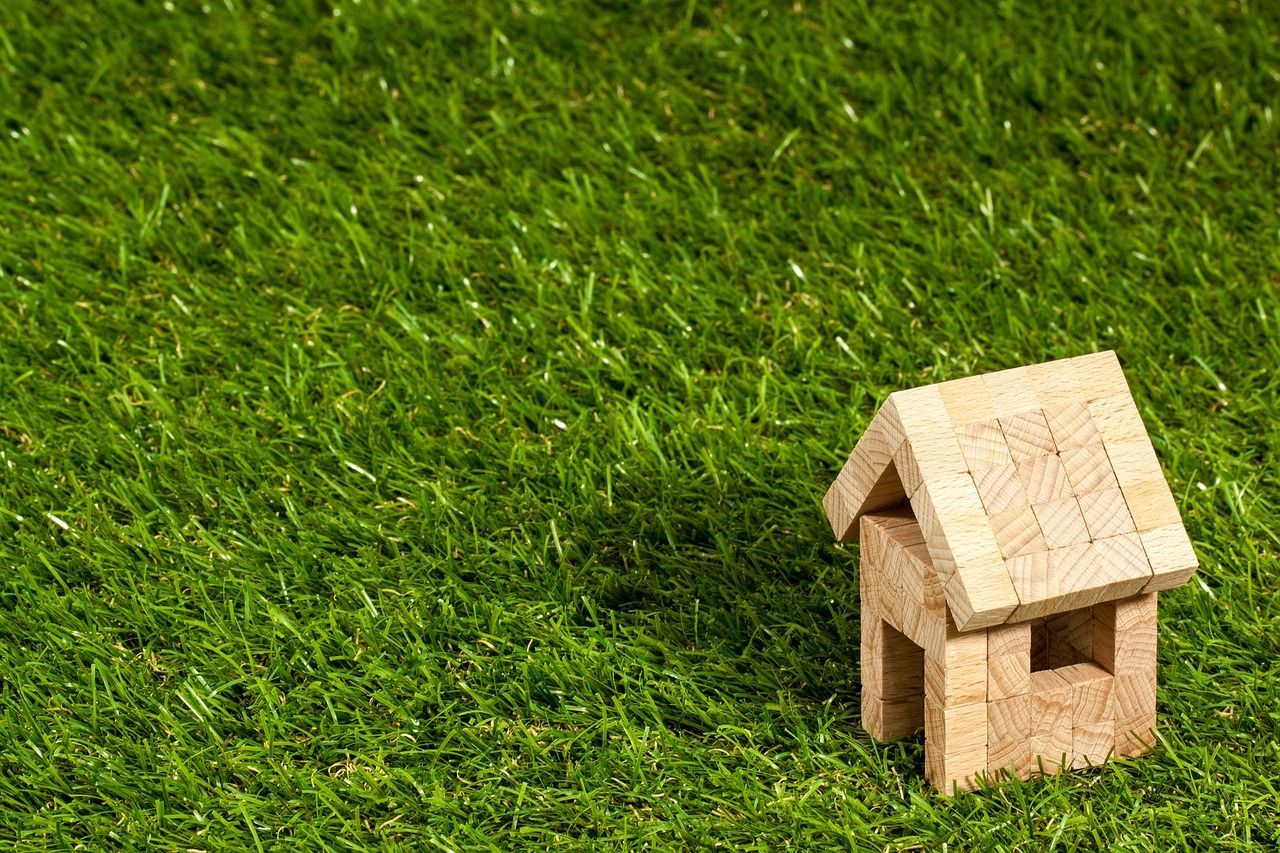
In response to these challenges, artificial grass emerges as a viable solution that offers a myriad of benefits beyond mere aesthetics. Initially developed for sports fields and commercial spaces, synthetic turf has undergone significant advancements in technology and design, making it increasingly attractive for residential use. Contemporary artificial grass mimics the look and feel of natural grass while requiring minimal maintenance and enduring harsh weather conditions without losing its lush appearance.
However, the decision to invest in artificial grass in Florida needs careful consideration of several factors. Quality varies widely among products, affecting the aesthetic outcome, longevity, and performance over time. Inferior products may fade under UV exposure, flatten with heavy foot traffic, or even pose environmental concerns due to improper materials or installation practices. Moreover, the upfront cost of installing artificial grass can be substantial, though often offset by long-term savings in water bills, maintenance expenses, and enhanced property value.
Navigating these complexities necessitates a comprehensive understanding of what distinguishes premium artificial grass from lower-grade alternatives. Pile height, yarn shape, backing materials, and infill options are critical in determining the synthetic turf's durability, safety, and visual appeal. Homeowners must also consider local climate conditions, intended usage patterns, and aesthetic preferences when selecting the best artificial grass for their needs.
In the following sections, we will delve into the essential aspects of selecting the best artificial grass, offering practical advice and expert insights to ensure your investment yields years of enjoyment and satisfaction. So, let go of your preconceptions about artificial grass and join us on a journey to discover the ultimate solution for a beautiful, hassle-free lawn.
Considerations When Installing Artificial Grass
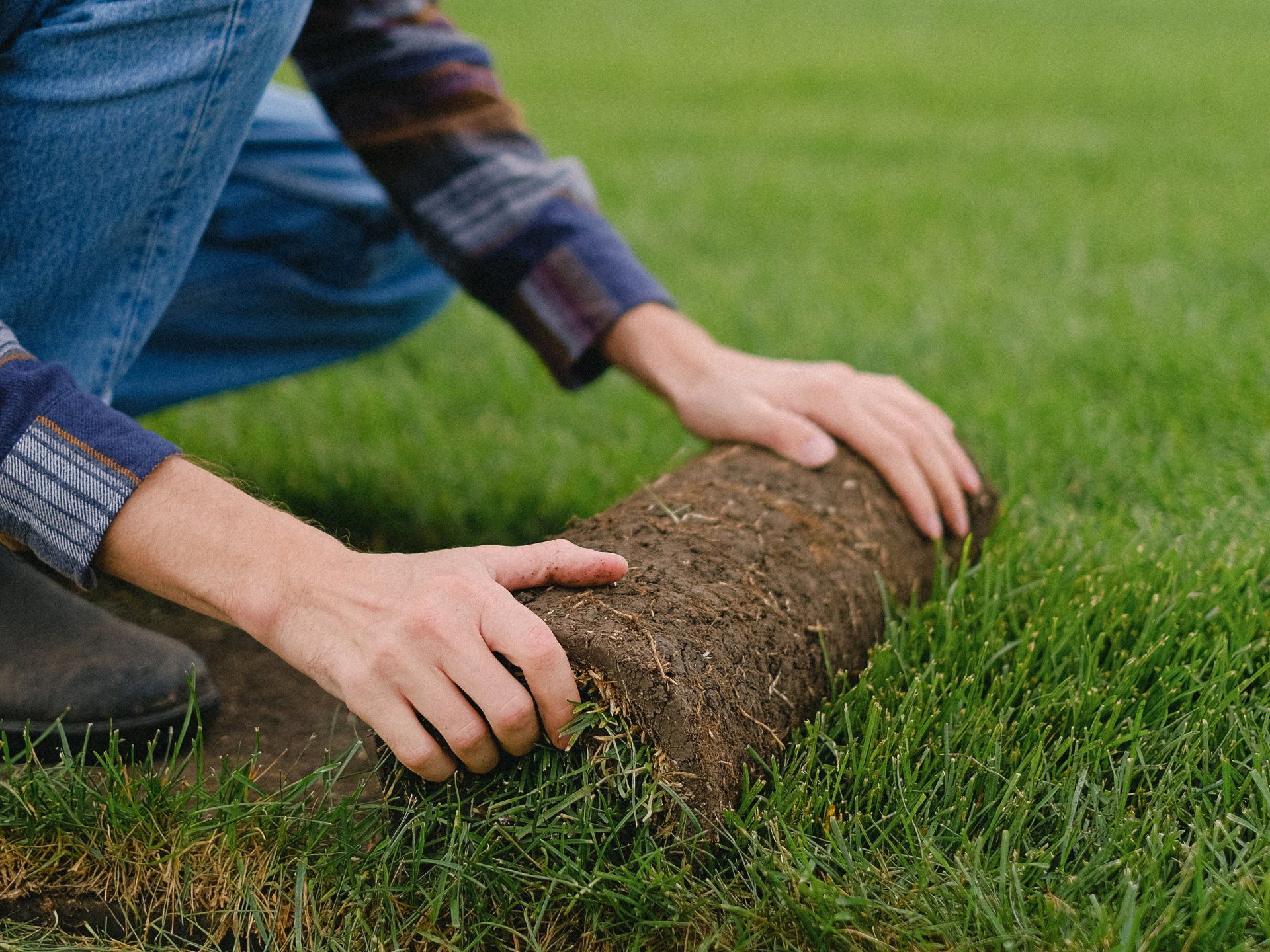
Installing artificial grass Florida is a transformative investment that promises to redefine your outdoor living space with durability, aesthetics, and minimal maintenance. However, achieving optimal results needs careful planning and consideration of different factors unique to your property and lifestyle. Each step ensures a successful installation that enhances functionality and curb appeal. In this section, we explore the significant factors to consider when embarking on an artificial grass installation project.
Quality of Materials
When considering artificial grass, prioritizing high-quality materials is paramount. Opt for premium synthetic fibers designed to replicate the appearance and texture of natural grass. Look for products with UV-resistant properties to ensure color retention and longevity, even in harsh sunlight. Inferior materials may result in premature fading, discoloration, or degradation, compromising your lawn's overall aesthetics and durability.
Ensuring the quality of materials is vital, as it directly impacts the functionality as well as the durability of your artificial grass. Higher-quality fibers are more resilient to heavy foot traffic, pet activities, and environmental factors, maintaining their lush appearance for years. Investing in superior materials upfront can save you from the hassle and expense of regular replacements or repairs down the line, providing peace of mind and long-term satisfaction with your investment.
Research reputable manufacturers known for producing top-quality artificial grass products. Look for certifications or warranties that attest to the product's durability and performance. Ask for samples or visit showrooms to assess the look and feel of different turf options firsthand. Additionally, seek recommendations from a trusted turf installer or homeowners with experience with artificial grass installations to determine which materials best suit your preferences.
Durability and Resilience
When choosing artificial grass, prioritize durability and resilience to ensure it withstands the demands of your lifestyle and climate conditions. Look for turf with a strong backing and robust fibers that resist flattening and maintain their shape over time, especially in high-traffic areas or where pets frequently roam. A resilient turf enhances longevity and preserves the aesthetic appeal of your lawn, providing a consistent green appearance year-round.
Durability is crucial because it directly impacts how well your artificial grass holds up under daily use and environmental stressors. Investing in a durable product minimizes the need for frequent replacements and repairs, saving time and money in the long run. Moreover, resilient turf reduces maintenance efforts, requiring less frequent brushing and upkeep to keep it looking pristine.
To ensure you select durable and resilient artificial grass, inquire about the backing material and fiber composition from manufacturers or suppliers. Choose a product specifically designed for residential use or tailored to withstand specific weather conditions prevalent in your area. Consider opting for turf with higher stitch rates and denser piles, as these characteristics often indicate greater durability.
Infill Options
Choosing the right infill material for your artificial grass installation enhances performance, comfort, and longevity. Select infill options like silica sand, rubber granules, or organic alternatives based on factors such as drainage requirements, cushioning needs, and pet-friendliness. The right infill improves stability and resilience and enhances the general comfort and safety of your artificial grass surface.
Infill plays a significant role in ensuring proper drainage and reducing the risk of surface compaction, which can affect the turf's appearance and performance over time. By selecting an appropriate infill material, you improve the turf's ability to withstand heavy use and maintain its aesthetic appeal throughout its lifespan. Additionally, choosing eco-friendly infill options supports sustainability efforts and reduces the environmental impact of artificial grass installations. Consult with your installer or supplier to understand the benefits and drawbacks of each material.
Consider factors such as how each infill type affects drainage efficiency, heat retention, and odor control. Test different infill options if possible to determine which provides the best balance of performance and comfort for your specific application. Additionally, prioritize infill materials that are non-toxic, recyclable, and compatible with your intended use of the artificial grass area.
Appearance and Aesthetics
Achieving your artificial grass' desired look and feel involves considering factors such as pile height, density, and blade shape. Opt for turf that complements your outdoor aesthetics and blends seamlessly with surrounding landscaping elements. Higher pile heights can provide a more lush and natural appearance, while denser turfs offer enhanced durability and resilience against foot traffic and environmental conditions.
The appearance of your artificial grass significantly impacts the overall visual appeal of your property, improving curb appeal and establishing a welcoming outdoor space. Selecting a turf with the right aesthetics improves the look of your lawn and enhances your enjoyment and satisfaction with your outdoor environment. Additionally, choosing a turf that mimics natural grass' texture and color variations can create a more authentic and inviting outdoor experience for you and your guests.
To make sure you achieve the desired appearance and aesthetics with your artificial grass, request samples from manufacturers or visit showrooms to compare different turf options firsthand. Consider how each turf variety complements your home's architecture, landscaping style, and personal preferences. Discuss your aesthetic goals with your installer or designer to receive expert recommendations on choosing turf characteristics that best suit your outdoor space and lifestyle.
Thickness and Pile Height
When evaluating artificial grass options, it is essential to answer the following question to understand this critical consideration that directly influences its appearance, comfort, and durability.
What thickness of artificial grass is best? The thickness or pile height depends on the preference of the user. Choose taller pile heights for high-traffic areas, like sport fields, to cushion the impact on the ground. Go with a short pile height for low-traffic landscape lawns or balconies that are rarely used. In general, artificial grass should have a pile height between 0.5 and 1 inch for low-traffic areas, 1 and 1.5 inches for moderate-traffic areas, and 1.5 and 2 inches for high-traffic areas. (1)
Thickness is important because it affects both the visual appeal and functionality of your artificial grass. A thicker pile height can provide a more luxurious and realistic appearance, resembling well-maintained natural grass. Additionally, thicker turfs often offer better underfoot cushioning, making them more comfortable for outdoor activities such as walking or lounging.
Consider your specific usage requirements and aesthetic preferences. However, balance this with considerations such as maintenance needs and installation requirements, as thicker turfs may require more infill material and regular grooming to maintain their appearance and performance over time. Discuss your preferences and usage patterns with your supplier or installer to select a turf with the optimal thickness that meets your functional and aesthetic needs.
Environmental Impact
Assessing the environmental impact of artificial grass is crucial as it relates to sustainability and long-term resource management. Opt for products manufactured using eco-friendly materials and processes, minimizing carbon footprints and resource consumption. Choosing synthetic turf with recycled components or those that are recyclable at the end of their lifecycle promotes sustainability and reduces landfill waste.
Environmental impact considerations extend beyond materials to include water conservation benefits. Artificial grass eliminates the necessity for frequent watering, lowering water consumption. By installing synthetic turf, homeowners contribute to water conservation efforts while maintaining a green and vibrant lawn throughout the year.
Research manufacturers and suppliers committed to sustainable practices and products. Look for certifications or eco-labels that verify the environmental credentials of artificial grass options. Additionally, consider the lifecycle impact of the product, including disposal and end-of-life scenarios. Opt for turfs that are designed for durability and recyclability to minimize environmental impact over the long term.
Installation Requirements
Understanding the specific installation requirements of artificial grass is essential for attaining optimal performance and durability. Proper installation involves preparing the base surface, ensuring adequate drainage, and securing the turf correctly to prevent shifting or wrinkling over time. Each installation site may have unique characteristics that influence these requirements, such as soil type, slope, and existing landscaping features.
Installation requirements directly impact the durability and functionality of artificial grass. A well-prepared base ensures proper drainage, preventing water accumulation and potential mold or mildew growth underneath the turf. Moreover, securing the turf properly with appropriate adhesives or fasteners enhances stability and reduces the risk of tripping hazards or uneven surfaces.
Consult with experienced installers or contractors familiar with artificial grass installations. Obtain detailed guidelines from manufacturers regarding base preparation, infill application, and seam joining techniques specific to your chosen turf product. Consider hiring professional installers with expertise in handling synthetic turf installations' complexities to ensure a smooth and durable finish that enhances your outdoor living space.
Different Types of Artificial Grass
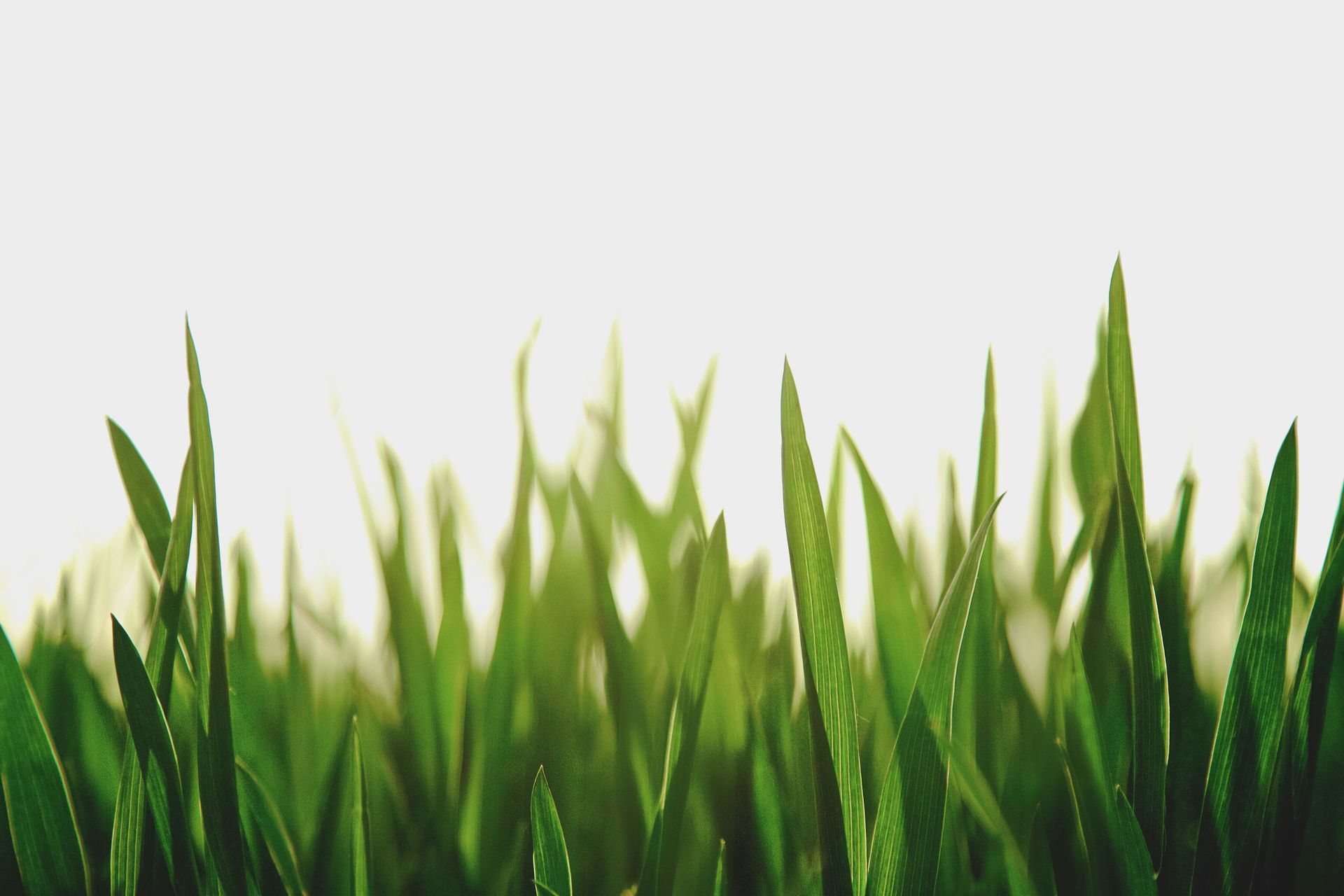
Selecting the correct type of artificial grass is vital for achieving the desired aesthetic, functionality, and longevity of your outdoor space. From luxurious lawns to durable sports surfaces, the diversity in artificial grass types caters to various preferences and practical needs. Different types vary in terms of appearance, durability, and maintenance requirements, making it essential to comprehend the distinctions before making a selection. In this section, we explore the various types of artificial grass available, highlighting their features, advantages, and ideal applications.
Nylon Artificial Grass
Nylon artificial grass is known for its resilience to heavy foot traffic. It is often used in high-traffic areas such as sports fields and playgrounds where durability is paramount. Nylon fibers are strong and resilient, maintaining their shape even under constant use and intense sunlight.
This artificial grass typically has a shorter pile height and dense construction, providing a firm and stable surface ideal for activities like running, playing sports, or hosting events. It offers excellent wear resistance and can endure frequent use without flattening, making it a long-lasting choice for areas requiring reliable performance.
Nylon artificial grass is advantageous for its durability and ability to withstand heavy use and intense weather conditions. It needs little upkeep and maintains its vibrant color over time. Ideal applications include sports fields, playgrounds, and areas with high foot traffic where durability and performance are essential. Its ability to keep a consistent appearance and resilience under pressure makes it a preferred choice for active outdoor spaces requiring reliable, long-lasting turf solutions.
Polyethylene Artificial Grass
Polyethylene artificial grass is prized for its natural appearance and soft texture, closely resembling real grass. It is available in various blade shapes and colors to replicate different types of natural grasses, offering a lush and realistic aesthetic. Polyethylene fibers are softer than nylon and feel comfortable underfoot, making them suitable for residential lawns, gardens, and landscaping projects. This type is often paired with a thatch layer to enhance its realistic look and provide additional cushioning.
The advantages of polyethylene artificial grass lie in its aesthetic appeal, softness, and low maintenance requirements. It does not need watering, mowing, or fertilizing, making it a cost-effective and eco-friendly alternative to natural grass. Polyethylene turf is also UV-resistant and retains its color well under prolonged exposure to sunlight, ensuring a vibrant green appearance throughout the year.
Ideal applications include residential lawns, rooftop gardens, and decorative landscaping where a natural look and feel are desired without the upkeep demands of real grass. Its versatility and aesthetic benefits make it a popular choice for enhancing outdoor spaces with minimal maintenance.
Polypropylene
Polypropylene artificial grass offers a budget-friendly option with unique characteristics suited for specific applications. This type of artificial grass is typically the most economical choice due to its affordability and lightweight nature. Polypropylene fibers are softer and more flexible than other materials, providing a comfortable feel underfoot. However, they are less resilient than nylon or polyethylene, making them better suited for low-traffic areas or decorative purposes rather than high-usage environments.
The advantages of polypropylene artificial grass include its cost-effectiveness and versatility in decorative applications. It is often used in areas where frequent use is not a concern, such as balconies, exhibition spaces, or temporary installations. Polypropylene turf is available in various colors and textures, offering flexibility in design options to complement various outdoor settings. Its lightweight nature makes it easy to install and handle, reducing installation time and labor costs.
While polypropylene artificial grass provides an affordable solution for enhancing outdoor aesthetics, its suitability for high-traffic areas may be limited due to its lower durability and resilience than other turf types. It is important to consider the intended use and maintenance requirements when choosing polypropylene artificial grass to ensure it fulfills your appearance and performance requirements.
About the author
Kathy Leavell
Kathy Leavell is the founder and owner of Synthetic Turf Treasure Coast, a leading provider of synthetic grass solutions for residential and commercial properties in Florida. With over a decade of experience in the industry, Kathy has become a recognized expert in synthetic turf installation, maintenance, and repair. Under her leadership, Synthetic Turf Treasure Coast has earned a reputation for exceptional customer service and high-quality workmanship.
Prior to starting her own business, Kathy worked in sales and marketing roles at several major synthetic turf manufacturers.

Contact
- Mon - Thu
- -
- Friday
- -
- Sat - Sun
- Closed
Hobe Sound, FL, United States
All Rights Reserved | Synthetic Turf Treasure Coast
